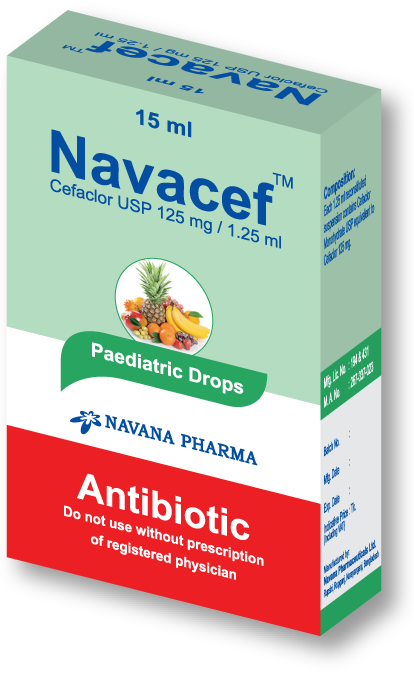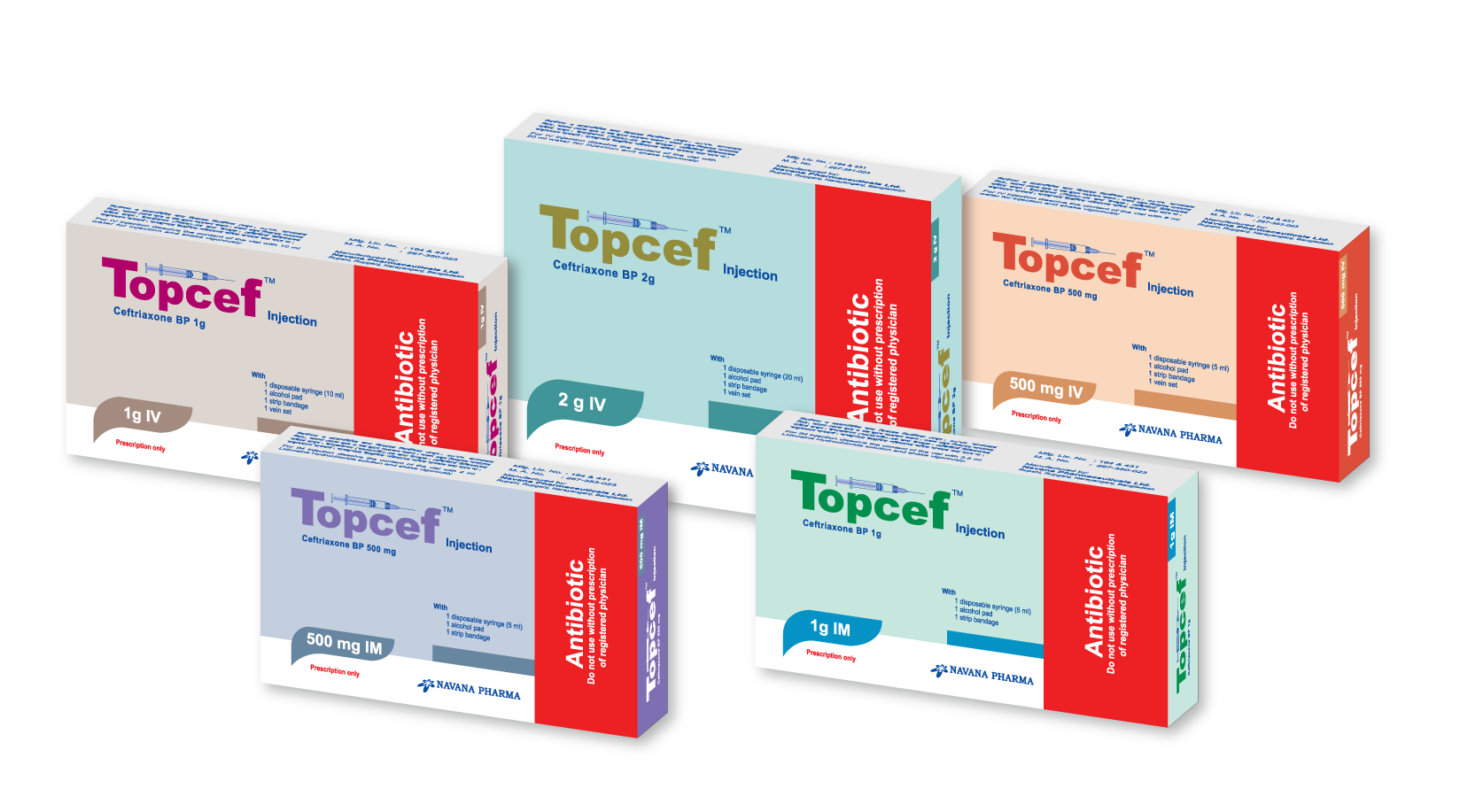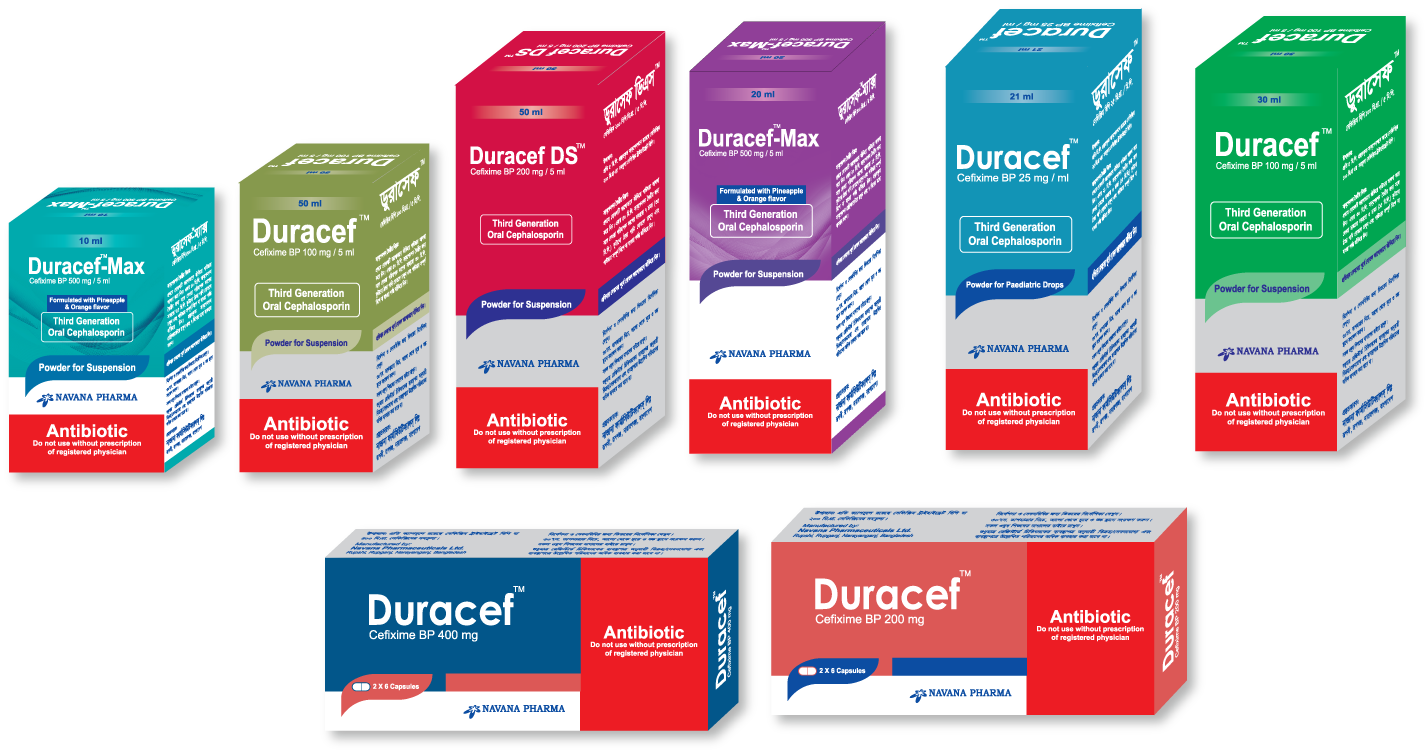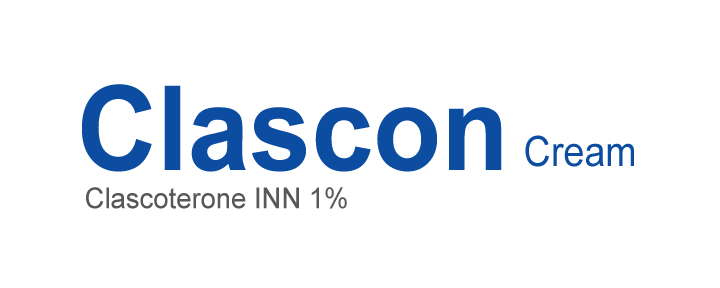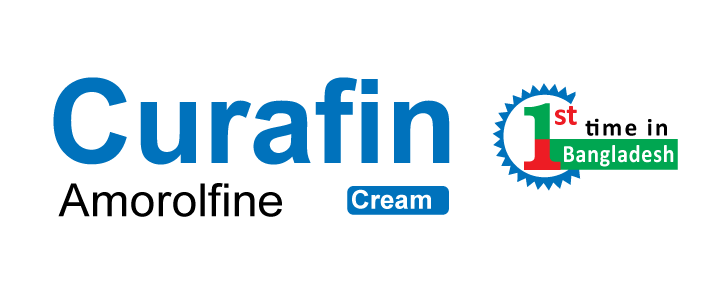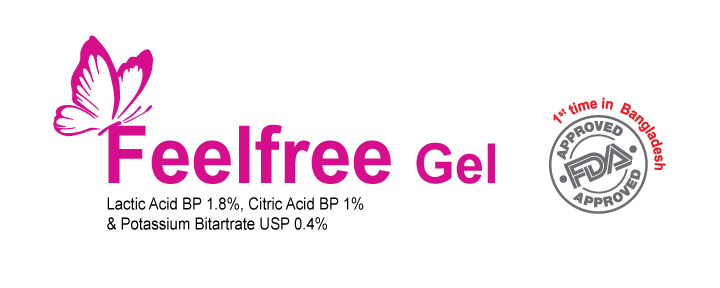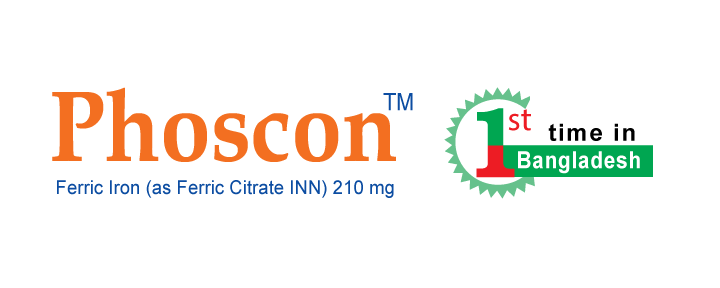Ciprofloxacin
Composition
Floxacin 500 mg Tablet: Each tablet contains Ciprofloxacin
Hydrochloride USP equivalent to 500 mg Ciprofloxacin.
Indications
Infectious diarrhoea, Urinary tract infection, Typhoid fever, Lower
respiratory tract infection, Acute sinusitis, Bone and joint infection,
Chronic bacterial prostatitis, Gonococcal infection, Inhalational
anthrax.
Dosage & Administration
500 mg twice daily for 7 to 14 days
Carisoprodol
Composition:
- Somalax 250: Each tablet contains Carisoprodol USP 250 mg.
- Somalax 350: Each tablet contains Carisoprodol USP 350 mg.
Indication:
For the relief of discomfort associated with acute, painful musculoskeletal conditions.
Dosage & Administration:
- Adults (18 years and older): 250–350 mg, 3–4 times daily (before or after meals and at bedtime).
- Use for up to 2–3 weeks or as directed by a physician.
Clascoterone
Composition:
Clascon cream: Each gram cream contains Clascoterone INN 10 mg.
Indication:
Clascon cream is indicated for the topical treatment of acne vulgaris in patients of 12 years of age and older.
Dose & Administration:
Clean the affected area gently then apply a thin uniform layer of Clascon cream twice per day in the morning and evening to the affected area. Avoid accidental transfer of Clascon cream into eyes, mouth or other mucous membranes. If contact with mucous membranes occurs, this should be rinsed thoroughly with water or as directed by the physician.
Calcium (Coral) + Vitamin D3
Composition:
Kindical™-D Tablet: Each film coated tablet contains Calcium Carbonate (derived from coral source) USP 1250 mg equivalent to elemental Calcium 500 mg and Vitamin D3 200 IU as Cholecalciferol USP. Kindical™-DX Tablet: Each film coated tablet contains Calcium Carbonate (derived from coral source) USP 1500 mg equivalent to elemental Calcium 600 mg and Vitamin D3 400 IU as Cholecalciferol USP.
Indication:
Kindical™-D & Kindical™-DX are indicated for the treatment & prevention of osteoporosis, osteomalacia, tetany, hypoparathyroidism, disorders of osteogenesis. Also used as supplement in case of inadequate intake of Calcium in childhood diet, rickets, pregnancy and lactation, elderly patients. Other indications include pancreatitis, phosphate binder in chronic renal failure etc.
Dose & Administration:
One tablet once or twice daily with plenty of water or as directed by the physician. Taking in full stomach ensures better absorption or as directed by the physician.
Clonazepam
Composition
Conpan ODT 0.5 : Each orally disintegrating tablet contains Clonazepam USP 0.5 mg.
Conpan ODT 1 : Each orally disintegrating tablet contains Clonazepam USP 1 mg.
Conpan ODT 2 : Each orally disintegrating tablet contains Clonazepam USP 2 mg.
Indications
Clonazepam is indicated in all forms of epilepsy, status epilepticus, infantile spasms,
myoclonic seizures, akinetic and atonic seizures, partial seizures, bipolar affective
disorder, panic attacks etc.
Dose & Administration
The standard dose of clonazepam must be individually adjusted according to the patient's
clinical response and tolerance of the drug. As a general rule, Clonazepam is started with
low single dose in a new patient. Adults: 1mg (elderly, 0.5 mg), initially at night for 4
nights, increased according to response over 2-4 weeks to usual maintenance dose of 4-8
mg which is usually given at night as a single dose or may be given in 3-4 divided doses if
necessary. Children: Up to 1 year, initially 0.25 mg, increased as above to usual
maintenance dose of 0.5-1 mg, 1-5 years initially 0.25 mg, increased as above to 1-3 mg,
5-12 years, initially 0.5 mg, increased as above to 3-6 mg.
Direction for administration of Conpan Orally Disintegrating Tablet:
This tablet must be handled with dry hand. The tablet to be placed on tongue and let it be
dissolved. It should not be chewed, broken, or crushed. Like other conventional oral
tablets, it also can be swallowed with a glass of water or as directed by the physician.
Clonidine
Composition
Clonipres 0.1 Tablet: Each tablet contains Clonidine Hydrochloride USP 0.1 mg.
Clonipres ER 0.1 Tablet: Each Extended release tablet contains Clonidine Hydrochloride USP 0.1 mg.
Indication
Clonidine is indicated in the treatment of hypertension. It may be employed alone or concomitantly with other anti-hypertensive agent. Clonidine Hydrochloride is also indicated for the treatment of menopausal flushing, opioid withdrawal & alcohol withdrawal syndrome. Clonidine Hydrochloride extended release tablet is indicated for the treatment of attention deficit
hyperactivity disorder (ADHD) as monotherapy.
Dosage & Administration
Adult: The dose of Clonidine must be adjusted according to the patient's individual blood pressure response.
Initial dose: 0.1 mg twice a day (morning & bed time). Elderly patients may be benefited from a lower initial dose.
Maintenance dose: Further increments of 0.1 mg per day may be made at weekly intervals if necessary, until the desired result is achieved. The therapeutic dose can be given from 0.2 mg to 0.6 mg per day in divided doses. In renal impairment, dose of Clonidine Hydrochloride must be
adjusted according to the degree of impairment & patients should be monitored carefully.
Attention deficit hyperactivity disorder : Clonidine IR 5 mcg/kg/day or Clonidine ER 0.1 mg/day for 8 weeks.
Menopausal flushing : 0.1 mg - 0.4 mg daily
Alcohol withdrawal : 0.3 - 0.6 mg every 6 hourly.
It can be taken orally with food or without food or as directed by the physician.
Cefaclor
Composition:
Navacef™ Paediatric Drops (15 ml): Each 1.25 ml contains Cefaclor Monohydrate USP equivalent to 125 mg of Cefaclor.
Indication
Respiratory Tract Infections: Pneumonia, bronchitis, pharyngitis, tonsillitis, otitis media.
Urinary Tract Infections: Pylonephritis, cystitis etc.
Skin & Soft Tissue Infections: Impetigo, pyoderma, cellulitis, pruritis etc.
Dosage & Administration
Adults: 250 mg three times daily (Dose should be doubled in severe cases, max. 4 g daily). Children (over 1 month): 20 mg/kg/day in three divided doses (Dose should be doubled in severe cases, max 1 g daily). 1-5 years: 125 mg three times daily.
Over 5 years: 250 mg three times daily, (Dose should be doubled in severe cases) or as directed by the physician.
Cefuroxime
Composition
FixcefTM 250 Tablet: Each film coated tablet contains Cefuroxime Axetil BP equivalent to Cefuroxime 250 mg.
FixcefTM 500 Tablet: Each film coated tablet contains Cefuroxime Axetil BP equivalent to Cefuroxime 500 mg.
FixcefTM Powder for Suspension: After reconstitution each 5 ml suspension contains Cefuroxime Axetil BP equivalent to Cefuroxime 125 mg.
Indication
Pharyngitis/tonsillitis, Acute bacterial otitis media, Acute bacterial maxillary sinusitis, Lower respiratory tract infections including pneumonia, Acute bacterial exacerbations of chronic bronchitis and secondary bacterial infections of acute bronchitis, Skin and Skin-Structure Infections, Bone and Joint Infections, Gonorrhea, Early Lyme disease, Septicemia, Meningitis, Surgical Prophylaxis.
Dosage & Administration
Oral
INFECTIONS DOSAGE DURATION
Tablet (May be administered without regard to meals)
Adolescents & adults(13 years & above)
Pharyngitis or Tonsillitis 250 mg twice daily 5 - 10 days
Acute bacterial maxillary sinusitis 250 mg twice daily 10 days
Acute bacterial exacerbation of chronic bronchitis 250 - 500 mg twice daily 10 days
Secondary bacterial infections of acute bronchitis 250 - 500 mg twice daily 5 - 10 days
Uncomplicated skin & skin-structure infections 250 - 500 mg twice daily 10 days
Uncomplicated urinary tract infection 125 - 250 mg twice daily 7 - 10 days
Uncomplicated gonorrhea 1000 mg single dose - - -
Lyme disease 500 mg twice daily 20 days
Paediatric patients (Upto12 years)
Acute otitis media 250 mg twice daily 10 days
Acute bacterial maxillary sinusitis 250 mg twice daily 10 days
Suspension
Paediatric patients (3 months to 12 years)
Pharyngitis or Tonsillitis 20 mg/kg/day in two divided doses 5-10 days
Acute otitis media 30 mg/kg/day in two divided doses 10 days
Acute bacterial maxillary sinusitis 30 mg/kg/day in two divided doses 10 days
or as directed by the physicians.
Cefuroxime + Clavulanic Acid
Composition
Fixcef™ Plus 250 Tablet: Each film coated tablet contains Cefuroxime Axetil BP equivalent to Cefuroxime 250 mg and Diluted Potassium Clavulanate BP equivalent to Clavulanic Acid 62.5 mg.
Fixcef™ Plus 500 Tablet: Each film coated tablet contains Cefuroxime Axetil BP equivalent to Cefuroxime 500 mg and Diluted Potassium Clavulanate BP equivalent to Clavulanic Acid 125 mg.
Indication
Pharyngitis/tonsillitis, Acute bacterial otitis media, Acute bacterial maxillary sinusitis. Acute bacterial exacerbations of chronic bronchitis and secondary bacterial infection of acute bronchitis, Uncomplicated skin and skin-structure infections, Uncomplicated urinary tractinfections, Uncomplicated gonorrhoea (urethral and endocervical), Early lyme disease (erythema migrans).
Dosage & Administration
For oral administration
Fixcef™ Plus Tablet: The usual course of v therapy with Cefuroxime-Clavulanic acid tablets is 5 to 7 days for treatment of bronchitis and 7 to 10 days for other infections.
Adolescents and Adults (13 years and older)
Infection Dosage Duration (days)
Pharyngitis/tonsillitis 250 mg b.i.d. 05-10
Acute bacterial maxillary sinusitis 250 mg b.i.d. 10
Acute bacterial exacerbations of chronic bronchitis 250 or 500 mg b.i.d. 10
Secondary bacterial infections of acute bronchitis 250 or 500 mg bid. 05-10
Uncomplicated skin and skin-structure infections 250 or 500 mg b.i.d. 10
Uncomplicated urinary tract infections 250 mg b.i.d. 07-10
Uncomplicated gonorrhoea 1,000 mg Single dose
Early Lyme disease 500 mg bid. 20
Paediatric Patients (who can swallow tablets whole)
Infection Dosage Duration (days)
Acute otitis media 250 mg b.i.d. 10
Acute bacterial maxillary sinusitis 250 mg b.i.d 10
or as directed by the physician.
Chloramphenicol + Dexamethasone
Composition
Stedex -C Sterile Eye/Ear Drops: Each ml drops contains
Chloramphenicol BP 5 mg & Dexamethasone Phosphate USP 1 mg..
Indications
Eye: For steroid-responsive inflammatory ocular condition for which a corticosteriod is indicated and where bacterial infection or a risk of bacterial ocular infection exists. For inflammatory conditions of the palpebral and bulbar conjunctiva, cornea and anterior segment of the
globe where the inherent risk of steroid use in certain infective conjunctivitis is accepted to obtain a diminution in edema and inflammation. For chronic anterior uveitis and corneal injury from chemical, radiation or thermal burns, or penetration of foreign bodies.
Ear: Otitis externa, Otitis media and chronic suppurative otitis media.
Dosage & Administration
Eye: 1 or 2 drops is instilled into the affected eyes every 3 or 4 hours, or more frequently if deemed advisable by the prescribing physician.
Administration should be continued day and night for the first 48 hours, after which the interval between applications may be increased. Treatment should be continued for at least 48 hours after the eye appears normal or as directed by the physician.
Ear: For all infections two to three drops every two to three hours initially. Frequency should be decreased gradually as warranted by improvement in clinical signs. Care should be taken not to discontinue therapy prematurely or as directed by the physician.
Cetrizine
Composition:
Trizin™ Sterile Eye Drops: Each ml contains Cetirizine
Dihydrochloride BP equivalent to Cetirizine 2.40 mg.
Preservative: Sodium Perborate BP 0.001%.
Indications:
Trizin™ Sterile Eye Drop is indicated for the treatment of
ocular itching associated with allergic conjunctivitis.
Dosage and administration:
The recommended dosage of Trizin™ Sterile Eye Drop is
to instill one drop in each affected eye twice daily
(approximately 8 hours apart) or directed by the
physician.
Carboxymethylcellulose
Cfresh TM Liquigel Sterile Eye Drops: Each ml drops contains Carboxymethylcellulose Sodium
Indications
It is indicated for use as a lubricant in dry eye (keratoconjunctivitis sicca) including relief of
burning, irritation and/or discomfort due to dryness of the eye.
Dosage & Administration
Instill 1 or 2 drops in the affected eye(s) or as directed by the physician.
Clopidogrel + Aspirin
Composition:
Navix™ Plus Tablet: Each film coated tablet contains Clopidogrel Bisulfate USP equivalent to Clopidogrel 75 mg and Aspirin BP 75 mg.
Indication:
The preparation is used for the prevention of ischemic events, myocardial infarction, stroke and cardiovascular death in patients with acute coronary syndrome.
Dosage & Administration:
The recommended dose is once daily or as directed by the physician.
Clopidogrel
Composition:
Navix™ Tablet: Each film coated tablet contains Clopidogrel Bisulfate USP equivalent to 75 mg Clopidogrel.
Indication:
Clopidogrel is indicated for the reduction of atherosclerotic events (myocardial infarction, stroke and vascular death) and in patient with atherosclerosis documented recent stroke, recent myocardial infarction or established peripheral arterial disease (PAD).
Dosage & Administration:
The recommended dose of Clopidogrel is 75 mg once daily with or without food. No dosage adjustment is required for elderly patients or patients with renal disease or as directed by the physician.
Ceftriaxone
Composition:
Topcef™ 250 mg IM Injection: Each vial contains dry substance equivalent to 250 mg Ceftriaxone (as sterile Ceftriaxone Sodium BP) with 2 ml Lidocaine Hydrochloride BP 1% Injection.
Topcef™ 500 mg IM/IV Injection: Each vial contains dry substance equivalent to 500 mg Ceftriaxone (as sterile Ceftriaxone Sodium BP) with 2 ml Lidocaine Hydrochloride BP 1% Injection for IM injection or 5 ml Water for Injection BP for IV injection.
Topcef™ 1 g IM/IV Injection: Each vial contains dry substance
equivalent to 1 g Ceftriaxone (as sterile Ceftriaxone Sodium BP) with
3.5 ml Lidocaine Hydrochloride BP 1% Injection for IM injection or 10
ml Water for Injection BP for IV injection.
Topcef™ 2 g IV Injection: Each vial contains dry substance equivalent
to 2 g Ceftriaxone (as sterile Ceftriaxone Sodium BP) accompanied by
2 ampoules each contain 10 ml water for injection.
Indication:
Topcef™ is indicated in sepsis, meningitis, neurosyphillis, abdominal infections (peritonitis, infections of the biliary and gastrointestinal tracts), infections of the bones, joints, soft tissue, skin and of wounds, renal and urinary tract infections, respiratory tract infections, ear, nose and throat infections, genital infections, including gonorrhoea, perioperative prophylaxis of infections.
Dosage and Administration:
Adults and children over 12 years: The usual dose is 1-2 g of Topcef™ once daily (every 24 h). In severe cases, the dose may be raised to 4 g once daily. Neonates, infants and children up to 12 years: Neonates (up to 14 days): A daily dose of 20-50 mg/kg body weight, not to exceed 50 mg/kg. Infants and children (15 days to 12 years): A daily dose of 20-80 mg/kg. For children with body weights of 50 kg or more, the usual adult dose should be used. Elderly patients: The dosage recommended for adults require no modification in case of geriatric patients. Duration of therapy: The usual duration of therapy is 4 to 14 days; in complicated infections, longer therapy may be required. When treating infections caused by Streptococcus pyogenes, therapy should be continued for at least 10 days. Meningitis: In bacterial meningitis in infants and children, treatment begins with dose of 100 mg/kg (not to exceed 4 g) once daily. Gonorrhoea: a single IM dose of 250 mg Topcef™ is recommended. Perioperative prophylaxis: a single dose of 1-2 g depending on the risk of infection of 30-90 minutes prior to surgery. In colorectal surgery, administration of Topcef™ with or without a 5-nitroimidazole, e.g. Omidazole, has been proven effective.
Impaired renal and hepatic function: In patients with impaired renal function, there is no need to reduce the dosage of Topcef™ provided hepatic function is intact. In patients with liver damage, there is no need for the dosage to be reduced provided renal function is intact Or as directed by the physician.
Cefixime
Composition:
Duracef™ 200 Capsule: Each capsule contains Cefixime Trihydrate BP equivalent to Cefixime 200 mg.
Duracef™ 400 Capsule: Each capsule contains Cefixime Trihydrate BP equivalent to Cefixime 400 mg.
Duracef™ DS PFS (50 ml): Each 5 ml reconstituted suspension contains Cefixime Trihydrate BP equivalent to Cefixime 200 mg.
Duracef™ PFS (50 ml): Each 5 ml reconstituted suspension contains Cefixime Trihydrate BP equivalent to Cefixime 100 mg.
Duracef™ PFS (30 ml): Each 5 ml reconstituted suspension contains Cefixime Trihydrate BP equivalent to Cefixime 100 mg.
Duracef™ Paediatric Drops (21 ml): Each ml reconstituted suspension contains Cefixime Trihydrate BP equivalent to Cefixime 25 mg.
Duracef™ Max PFS (10 ml): Each 5 ml reconstituted suspension contains Cefixime Trihydrate BP equivalent to Cefixime 500 mg.
Duracef™ Max PFS (20 ml): Each 5 ml reconstituted suspension contains Cefixime Trihydrate BP equivalent to Cefixime 500 mg.
Indications:
Otitis media- caused by Streptococcus pneumoniae (including Penicillinase resistant strains), Streptococcus pyogenes, Haemophilus influenzae (including beta-lactamase producing strains), Moraxella catarrhalis (including beta-lactamase producing strains). Pharyngitis/Tonsillitis- caused by Streptococcus pyogenes. Uncomplicated Urinary Tract infection- Caused by E. coli, Proteus mirabilis. Uncomplicated Gonorrhoea- Caused by N. gonorrhoeae (including Penicillinase & non-Penicillinase resistant strains).
Dosage and Administration:
Adults: The recommended dose is given as a single dose of 400 mg or 200 mg twice daily for 7-14 days according to the severity of infections. Uncomplicated Gonorrhoea: 400 mg single dose.
Children:> 6 months: 8 mg /kg/ day in 1-2 divided doses, 6 months-1 year: 75 mg daily, 1-4 years: 100 mg daily, 5-10 years: 200 mg daily, > 10 years: As same as adult dose or as directed by the physician




